Inside the Retail Stores of the Future
Experts from JLL, Olshan Properties, Pacific Retail Capital Partners and Terra Strategies discuss what’s ahead.
The future of retail is here, bringing remarkable transformations and exciting possibilities. As the industry continues to evolve, new types of tenants are emerging, reshaping traditional concepts of brick-and-mortar stores. Simultaneously, e-commerce is still altering consumer behaviors, prompting even experienced retailers to explore innovative ways to bridge the digital and physical realms.
Department stores, once considered retail anchors, are undergoing a profound revolution to adapt to changing consumer preferences and expectations. To attract customers to physical stores amidst a vast online market, a diverse retail line-up must feature experiential or unique elements, be it through vibrant design, niche products, or cutting-edge experiences offered by the tenants themselves.
READ ALSO: What’s Next for Experiential Retail?
“When looking at physical retail spaces, you need to look at two buckets. The retail experience of the modern era isn’t dying. It’s the retail experience of the past that is,” Najla Kayyem, executive vice president of marketing for Pacific Retail Capital Partners, told Commercial Property Executive. “Retailers who neglect to invest in the in-store experience and cater to the evolving needs of today’s consumers aren’t going to make it. We’ve seen that with Bed Bath and Beyond.”
In the ever-changing business landscape, adaptability is crucial for long-term success. In retail, the rise of experiential tenants has been a significant trend. These tenants focus on providing unique and immersive experiences to their customers, going beyond traditional offerings. They create an environment where customers can engage with the brand and its products or services in a more interactive and memorable way.
Enter the retail stores of the future
The future of retail stores—especially brick-and-mortar ones—is undergoing a transformative shift where the boundaries between physical and online retail blur to create a seamless shopping experience.
For online retailers without a physical presence, seeking investment to reduce operating costs related to customer acquisition, shipping and returns becomes crucial. Similarly, brick-and-mortar retailers without an online presence must recognize the limitations of relying solely on in-store customers and strive to offer a compelling value proposition to retain their customer base.
“If, on the other hand, you are a retailer that has both an offline and online presence, but have not properly integrated these components—i.e. you can’t accept returns made from online purchases in-store or don’t have the capability to allow customers to text with a sales representative—then you are entirely inefficient and are likely going to lose market share,” according to Shlomo Chopp, managing partner of Terra Strategies.
James Cook, director of retail research at JLL Americas, brings a different perspective to the table: How will online retailers need to adapt to compete with physical retail stores? After more than 20 years of e-commerce, online sales still only make up 14.7 percent of all retail sales. Brick-and-mortar store retailers have, for the most part, made all the changes they could have done in order to be competitive. They have instituted click-and-collect and buy online and return-in-store models, ship-from-store and other delivery options wherever possible.
READ ALSO: An Insider’s View on Retail Demand in the Southeast
“Perhaps the biggest value in having physical retail stores is in helping to create market share,” Cook said. “Online retail is a vast ocean and it is difficult and expensive to acquire a new customer. Conversely, it’s much easier for brick-and-mortar stores to earn new customers, as competition is so much less,” he believes.
E-commerce’s impact on retail tenants
Chopp attributes the decline of traditional physical stores to two factors. Firstly, it stems from the complacency and bureaucratic practices of major retailers, along with the limited mindset of landlords who prioritize guaranteed revenue from real estate lenders. Secondly, he attributes the rise of e-commerce to the practice of offering something of value for free or at a minimal cost.
“I would keep watching Amazon as it puts in place policies that both increase bottom-line revenue and alienate customers. Very simply, it is difficult for e-commerce to function profitably,” Chopp said. “There is an opportunity to effectively address these issues, but very few people understand the e-commerce, store and real estate components.”
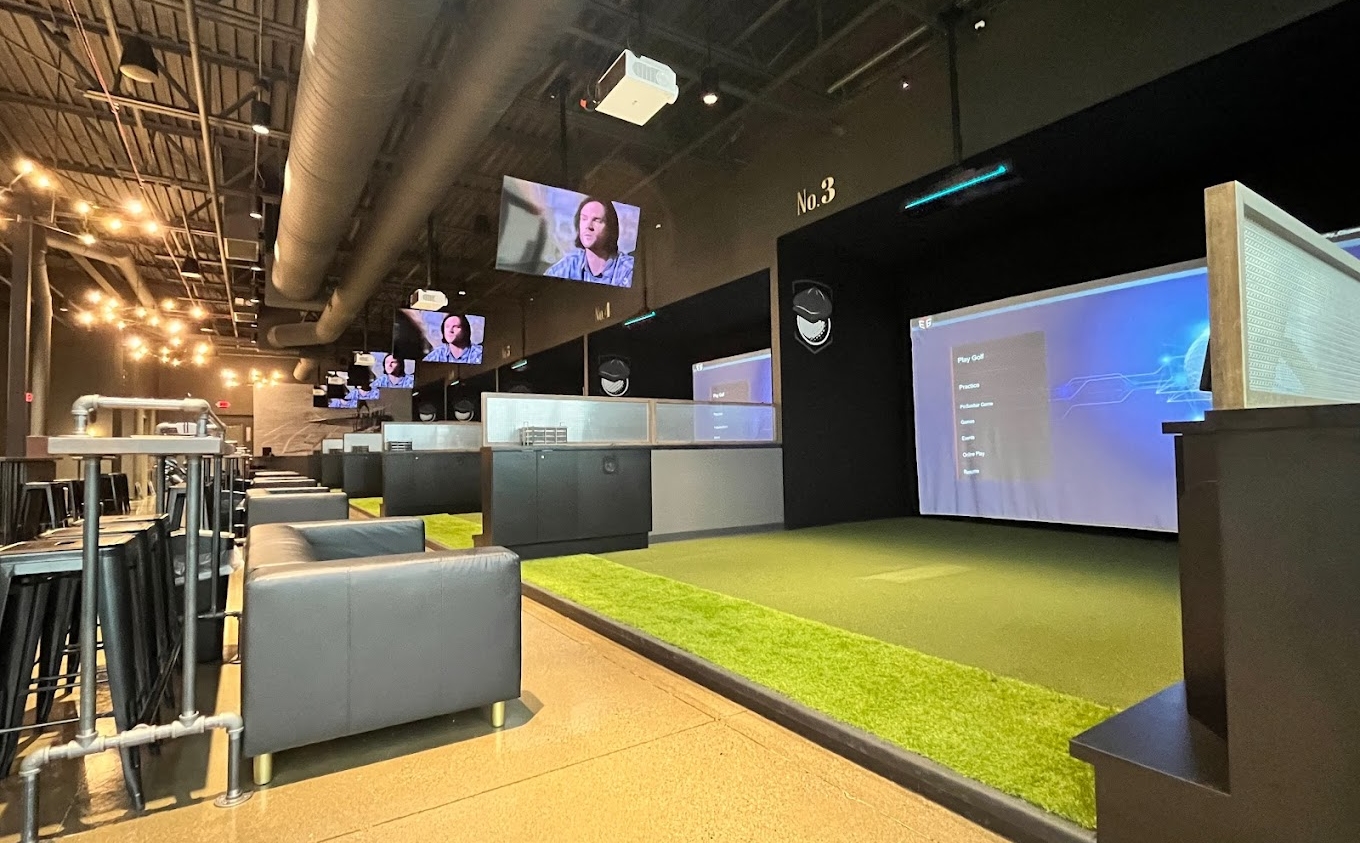
Newer experiential concepts, such as Olshan Properties’ tenant Off Par Golf, are reinventing themselves as centers of gathering, proving the draw of in-person retail. Image courtesy of Off Par Golf & Social
While e-commerce will continue to rise, people will also continue to look for ways to engage with brands and experiences in-person. Zachary Bornstein, president of Olshan Properties, believes it is up to landlords to ensure stores evolve to meet the ever-changing demand. Now more than ever, landlords are de facto partners with their tenants. The amount of capital a landlord puts into a deal is higher than it has ever been.
“Tenants are looking for a lasting relationship with a landlord which can provide them with a retail ecosystem that includes other retailers that have a strong brand and meaningful relationship with their customers,” Bornstein noted. “No matter the format of the retail center, it is up to landlords to make sure their properties are curated in a way to attract a varied cross-section of customers.”
So far, the biggest change has been the decline of the department store and mid-priced apparel retailer, according to Cook. Some of the sales once made in those stores have shifted to online retailers, but many sales have shifted to other more popular brick-and-mortar stores. Vacant retail space is now in incredible demand, with availability rates at historic lows. JLL is seeing a variety of tenants lease up what vacant space there is, including food and beverage, entertainment, discount apparel and other value chains.
Planning for the future of retail
Retailers have developed resilience through the challenges they faced during the pandemic, such as government restrictions, labor problems, supply chain difficulties and new hygiene protocols in stores. They have now established tried-and-tested procedures to handle these issues; in the future, if any of these challenges resurface, retailers will be better equipped to address them efficiently.
“The pandemic accelerated the evolution of the retail landscape and, as a retail landlord, led us to evaluate where today’s consumer is willing to shop in-person. Specifically for consumer products, everyday needs are shifting online simply for ease of purchasing,” Bornstein told CPE. “Larger purchases, however—whether speaking in terms of price or physical size—continue to thrive in an in-person retail format. Within our portfolio, these retailers—such as furniture and technology stores or luxury sellers—have not only sustained their businesses, but have grown,” he added.
The retail industry is on the brink of a transformative phase as emerging technologies are poised to revolutionize the way businesses engage with customers and operate their stores. Cook strongly believes that artificial intelligence and machine learning will likely be game changers within the next decade, in ways that we can’t yet even grasp.
In order to plan for the future effectively and prepare for the changes ahead, retailers must carefully consider the most important factors that will shape the industry. By understanding and addressing these key factors, retailers can position themselves for success in an ever-evolving marketplace.
“The retailers that are succeeding offer a unique experience not found online. Think of hunting for a bargain at T.J. Maxx, comparing television quality at a Best Buy or testing couches at a furniture store. Customers need a reason to come to shopping centers and to visit a particular retailer… Retailers have to find how they can make the visit for the customer special and unique beyond the more mundane process of just buying a product online,” Bornstein concluded.


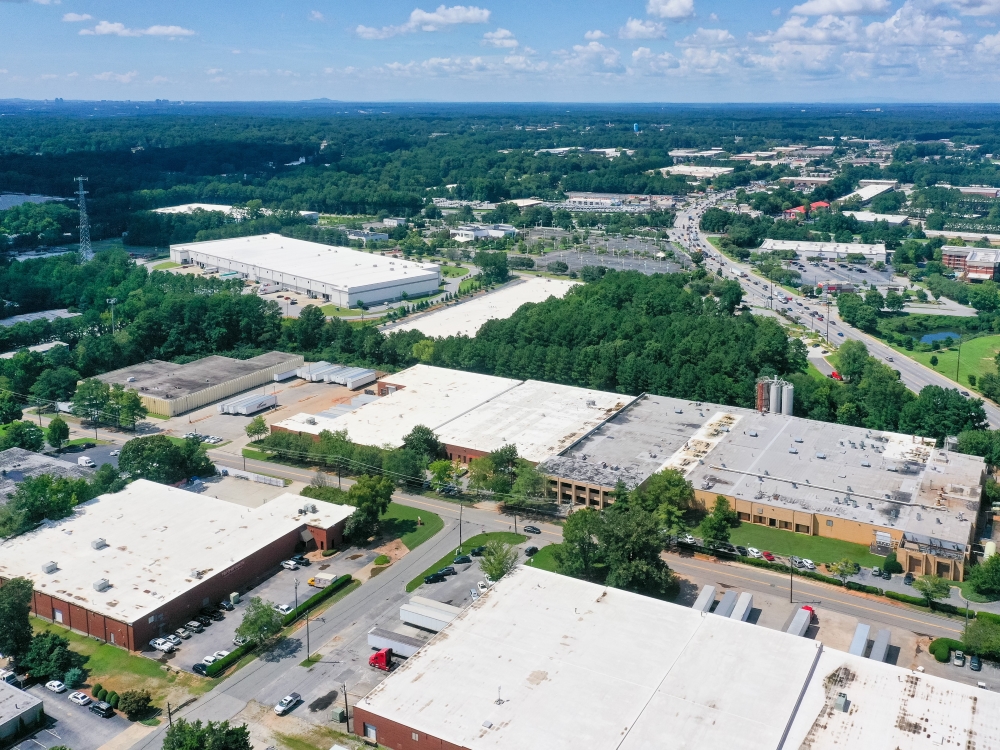
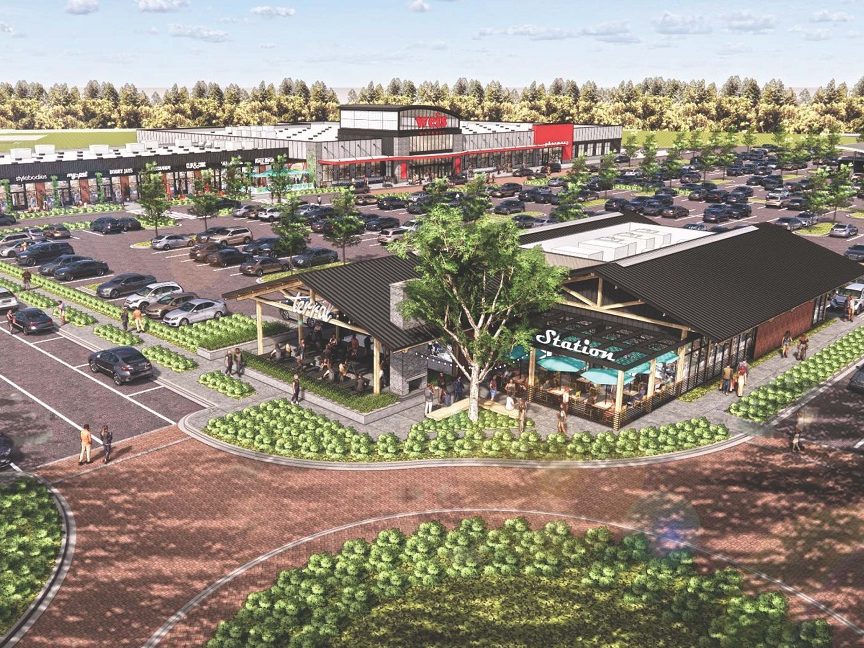
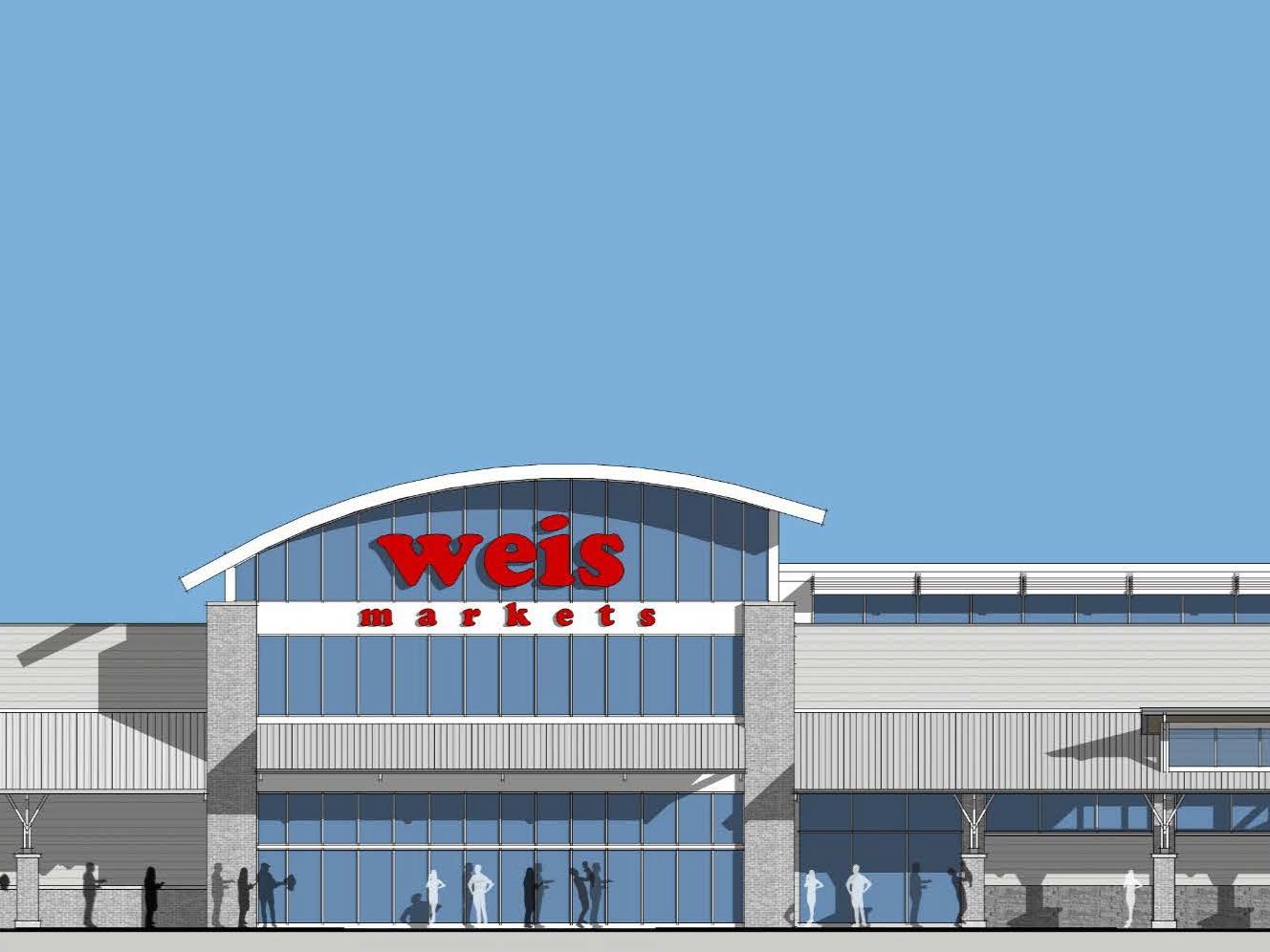

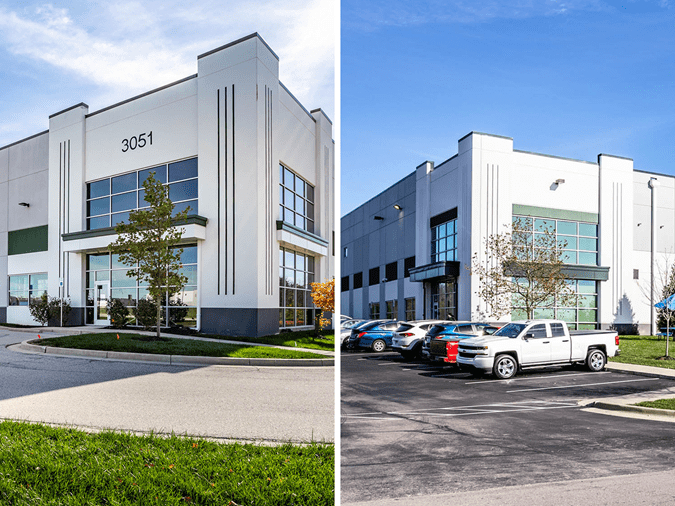

You must be logged in to post a comment.